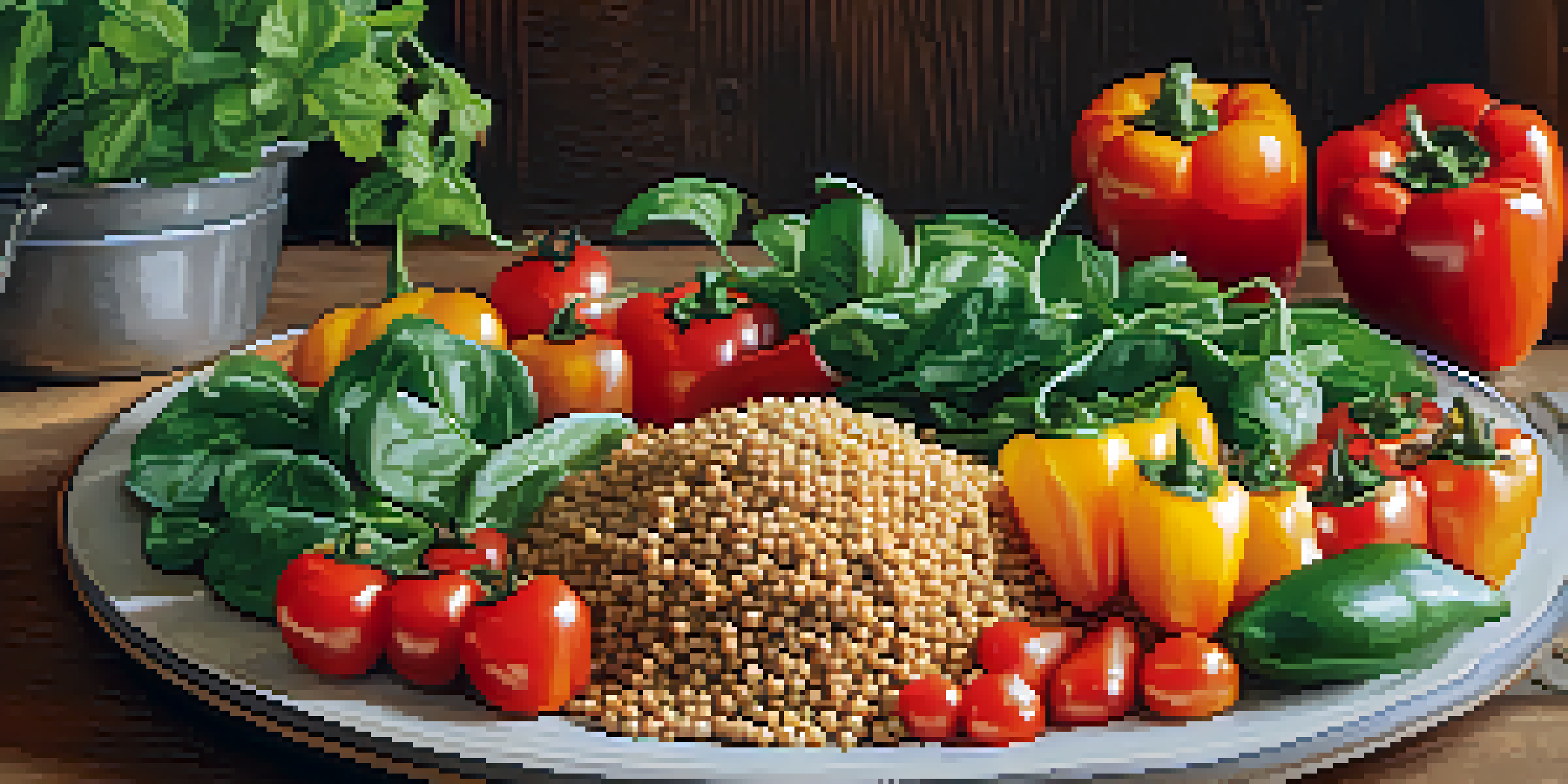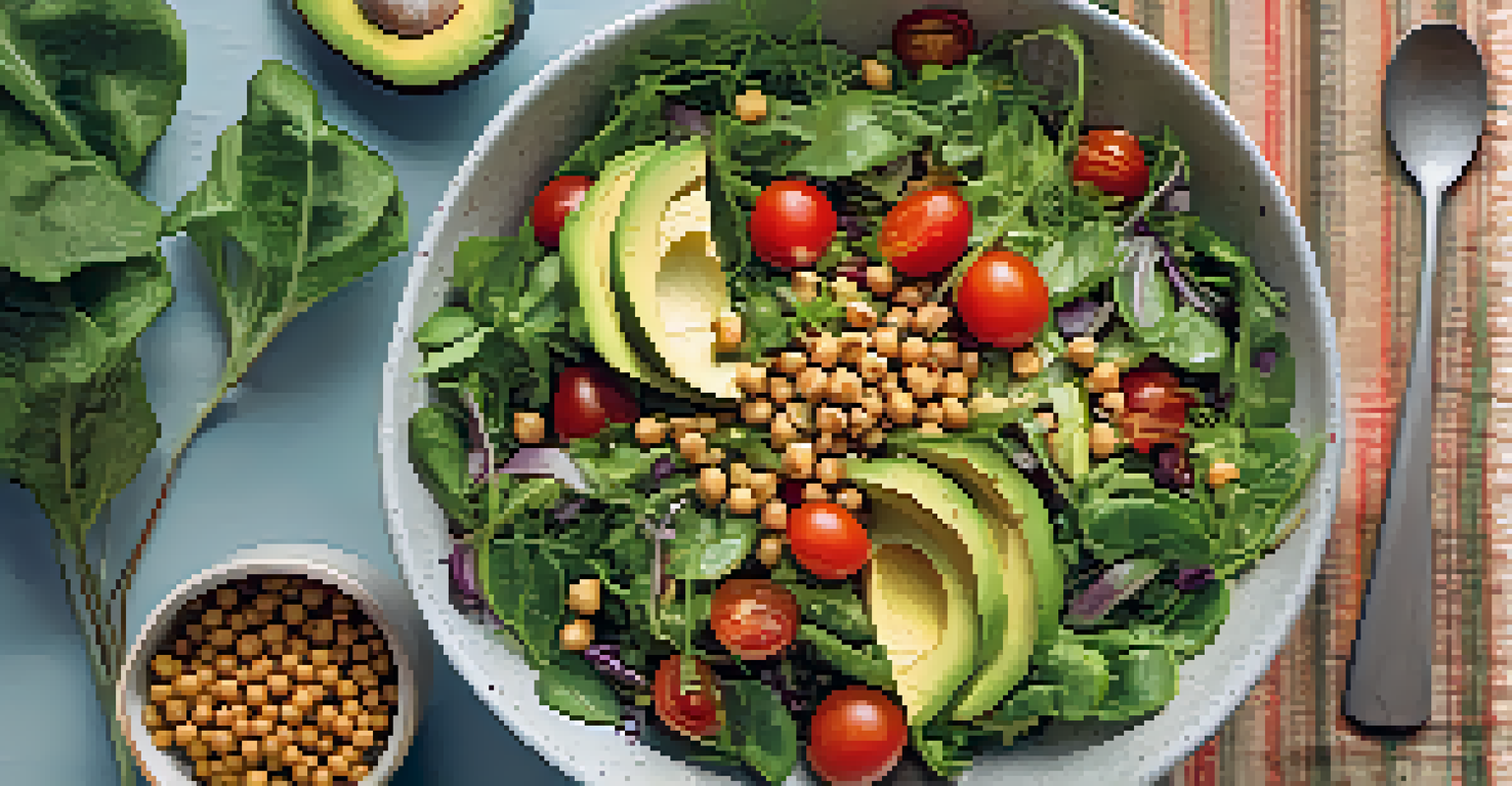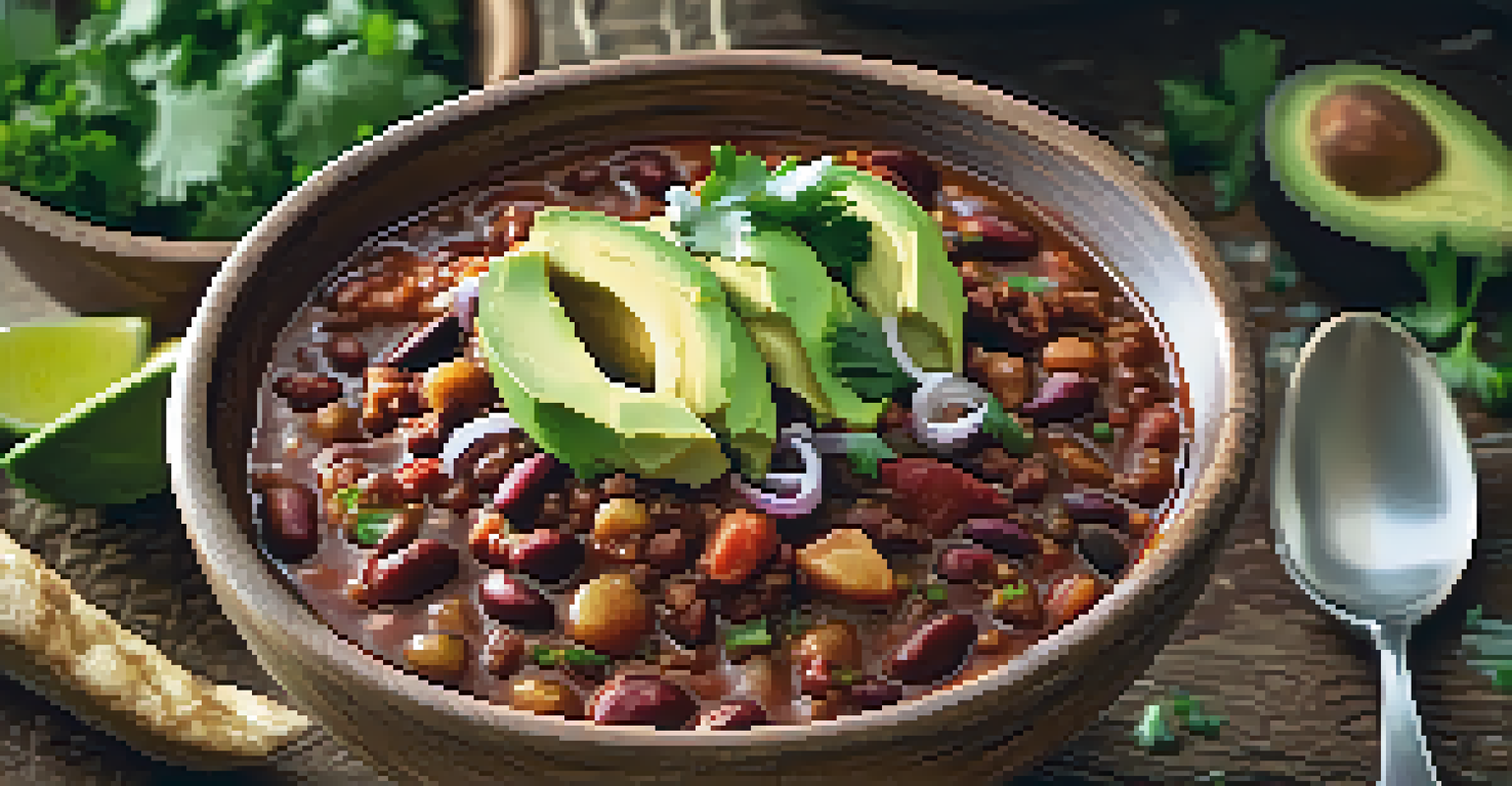The Myth of Complete Proteins in Plant Foods

Understanding Proteins: Complete vs. Incomplete
Proteins are made of amino acids, which are the building blocks of our body. There are 20 different amino acids, and they can be categorized into essential and non-essential types. Essential amino acids cannot be produced by our body and must come from our diet. The common myth is that animal proteins are 'complete' while plant proteins are 'incomplete'.
Let food be thy medicine and medicine be thy food.
However, the notion of complete and incomplete proteins can be misleading. For instance, while animal sources contain all nine essential amino acids in sufficient amounts, many plant foods also provide these acids, just in varying proportions. This brings us to the idea that no single plant food needs to be a complete protein, as a varied diet can easily ensure we get all the amino acids we need.
Moreover, many plant foods, such as quinoa and soy, are actually considered complete proteins. This means they contain all essential amino acids in adequate amounts, debunking the myth that all plant-based proteins are inferior to animal-based ones. Understanding this complexity is key to appreciating plant foods in our diets.
The Role of Variety in Plant-Based Diets
One of the best parts about a plant-based diet is the sheer variety of foods available. By incorporating a diverse array of legumes, grains, nuts, and vegetables, we can easily cover our protein needs. For example, combining rice and beans creates a dish that provides all essential amino acids, showcasing the power of food synergy.

Eating a variety of plant foods not only helps in achieving a complete amino acid profile but also brings a wealth of nutrients to our plates. Different plant foods offer unique vitamins, minerals, and antioxidants, which are crucial for overall health. This diversity can enhance our meals, making them more enjoyable and nutritious.
Plant Proteins Can Be Complete
Many plant foods, such as quinoa and soy, contain all essential amino acids, challenging the myth that only animal proteins are complete.
Additionally, focusing solely on the concept of complete proteins can overshadow the importance of other nutrients. A balanced diet rich in fruits, vegetables, and whole grains contributes to better health outcomes. So, rather than stressing about amino acid completeness, embracing variety can lead to a more holistic approach to nutrition.
The Benefits of Plant Protein Sources
Plant proteins come with a range of health benefits that often get overlooked. They are typically lower in saturated fat and cholesterol compared to animal proteins, which can contribute to heart health. Moreover, many plant-based proteins are high in fiber, aiding digestion and promoting a feeling of fullness.
You are what you eat, so don't be fast, cheap, easy, or fake.
Incorporating more plant proteins into your diet can also support weight management. High-fiber foods tend to be more satiating, which can help curb unnecessary snacking. This is particularly beneficial for those looking to maintain a healthy weight while still enjoying delicious meals.
Furthermore, plant proteins have a lower environmental impact than animal proteins, making them a sustainable choice. By choosing legumes, nuts, and seeds, you contribute to a more sustainable food system. This aligns well with the growing awareness of the importance of environmental health alongside personal health.
Common Plant Protein Sources and Their Completeness
Some common plant-based protein sources include lentils, chickpeas, quinoa, and tofu. Lentils, for example, are not only rich in protein but also packed with nutrients like iron and folate. While they may lack some essential amino acids, pairing them with whole grains can create a balanced dish that meets our protein needs.
Quinoa is often hailed as a superfood because it contains all nine essential amino acids, making it a complete protein. Similarly, soy products like tempeh and edamame are excellent protein sources that offer the complete amino acid profile needed for a healthy diet. This makes them fantastic options for vegetarians and vegans alike.
Variety Enhances Nutritional Balance
Incorporating a diverse range of plant foods ensures adequate protein intake and provides essential nutrients for overall health.
It's also worth noting that nuts and seeds, such as chia seeds and hemp seeds, provide protein and healthy fats. These foods can be easily incorporated into smoothies, salads, or baked goods, ensuring you're not compromising on protein even in a plant-based diet.
Addressing Myths: Can You Get Enough Protein from Plants?
A common concern among those considering a plant-based diet is whether they can get enough protein. Fortunately, with careful meal planning and a focus on variety, meeting protein needs through plant sources is entirely achievable. Many plant foods are rich in protein, and when combined, they can provide all essential amino acids.
For example, a meal consisting of chickpea salad with whole grain pita can deliver a good protein punch. Similarly, adding peanut butter to whole grain bread offers a delicious way to boost protein intake. These combinations not only taste great but also ensure you're fueling your body with quality nutrients.
It's essential to listen to your body and adjust your diet as needed. Regularly tracking your protein intake can help you identify if you're meeting your needs. With a little effort, you can successfully thrive on a plant-based diet without worrying about protein inadequacy.
How to Combine Plant Proteins Effectively
Combining different plant proteins can enhance the quality of your meals. For instance, pairing legumes with grains is a classic combination that maximizes amino acid intake. Think of a hearty chili made with beans and served with brown rice; together, they create a satisfying and nutritious dish.
Another great pairing is nut butter with whole grain bread or fruits. This combination not only provides protein but also healthy fats, making for a balanced snack option. By understanding how to mix and match plant proteins, you can easily create meals that are both delicious and nourishing.
Sustainable and Healthy Choices
Opting for plant proteins not only supports personal health by being lower in fat and cholesterol but also promotes environmental sustainability.
Experimenting with different combinations can also keep your meals exciting. Try adding lentils to salads or mixing seeds into smoothies for a protein boost. The key is to be creative and enjoy the process of discovering new flavors while ensuring you're getting a complete amino acid profile.
Conclusion: Embracing Plant Proteins with Confidence
The myth of complete proteins in plant foods can be intimidating, but it shouldn't deter you from enjoying a plant-based diet. By understanding the variety of plant proteins available and how to combine them effectively, you can meet your nutritional needs without hassle. Embracing plant foods opens up a world of flavors and health benefits.
Additionally, the focus should be on overall dietary patterns rather than specific food items. A balanced and varied diet, rich in fruits, vegetables, whole grains, and legumes, can provide all the necessary nutrients for a healthy lifestyle. It's about finding joy in food and making choices that nourish your body and mind.

So, whether you're a seasoned vegan or just exploring more plant-based meals, remember that you can confidently enjoy the benefits of plant proteins. With a little knowledge and creativity, you can thrive on a diet that is not only good for you but also good for the planet.